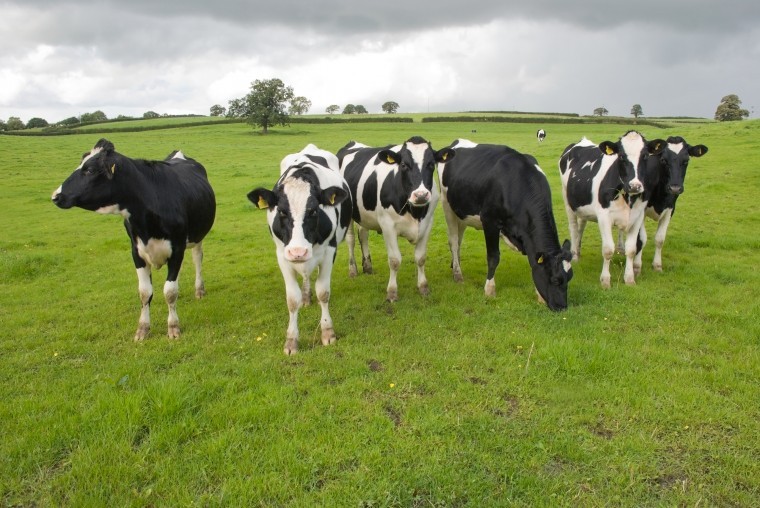An ideal heifer conceives quickly, produces a healthy, viable calf at two years of age and will have a long life-time in the herd. Drawing up a list of heifers born during the recent calving season, along with their birth date and their dam, before weaning, can help make the best selection decisions. The list will show the heifers born early in the calving season, which are therefore most likely to be grown sufficiently well to meet target first service weight of 65% of mature cow weight.
These earlier-born heifers are likely to calve earlier. US research shows heifers calving in weeks one to three of the calving period will calve earlier as cows and stay in the herd a year longer than heifers calving later.
Onset of puberty and successful conception are closely linked to weight, so ideally weigh heifers at weaning and select those capable of reaching 65% of mature weight for service at 15 months of age.
| Example targets for replacement heifers | ||
| Mature cow weight | Live weight at first service -65% of mature weight | Daily growth rate from birth* to first service |
| 700kg | 455kg | 0.92kg |
| 650kg | 423kg | 0.85kg |
| 600kg | 390kg | 0.78kg |
*Assumes a 40kg birthweight
A 0.9 kg/day growth rate can be achieved with good quality grass, although creep feeding may be needed in late autumn if grass quality or quantity is declining and silage may need supplementing with concentrate during the winter.
Information on the heifer’s dam, and sire if available, should also inform the selection decision, taking into account calving ease (direct and maternal), milk production, temperament, longevity, mature weight and other traits considered important for the particular herd. Ideally, replacements should be sired by bulls with superior Estimated Breeding Values (EBVs) for maternal traits.
Research by Scotland’s Rural College (SRUC) found no evidence to suggest that keeping heifers from first calvers has any detrimental effect on their subsequent performance in the herd.
Commercial suckler herds can exploit the benefits of hybrid vigour on calf survival, longevity and fertility by selecting crossbred or composite replacement heifers.
Selecting more replacements than required and putting them all to the bull or AI means a final selection can be based on how quickly heifers get in calf, with those that take longest being sold or finished.
Replacement heifers should also have:
- A known high health status
- Moderate body condition – avoiding extremes
- Good structural soundness and temperament
- Dams with above-average efficiency for the herd
For more information watch the EBLEX Better Returns Programme Suckler Cow Fertility Guide online, or call 0870 241 8829 to request a free DVD.




